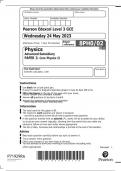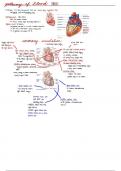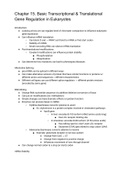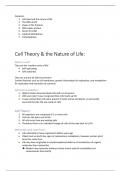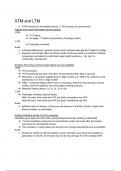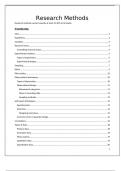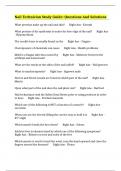a Post-Mortem Interval
Indicator- Porcine Pancreas
By
Sophie Millar
A Dissertation
Submitted to the School of Natural Sciences
University of Central Lancashire
In Partial Fulfilment of the Requirements for the Degree of
Master of Science in Forensic Science and Molecular Biology
18/04/2023
Supervised by: Peter Cross
1
,1. Abstract
Conductivity in correlation to post-mortem-interval (PMI) estimation was an idea originating
from meat science, in which the quality of meat is assessed in relation to conductivity
readings. This can potentially be applied to human medicolegal cases in which time-since-
death must be determined. This study, mainly on the porcine pancreas, found that there is a
positive correlation between conductivity and how many days passed since slaughter when
kept at ambient temperature. After statistical analysis, it was also determined that lower
Y −1203
temperatures resulted in an increase of conductivity readings. The equation X= was
339.21
calculated from the trendline on the graph in Figure 4, which can approximate days-since-
death to a value of +/-64.32 hours. Conductivity and temperature measurements of the
pancreatic tissue were taken every 24 hours over a period of 14 days using a Jenway
conductivity reader after using a Precellys Evolution homogeniser. Although decomposition
rate varies and has many factors affecting it, this study explored these variables and it may be
used in conjunction with other PMI estimation methods to achieve a more accurate time-
since-death, and potentially aiding in solving future medicolegal cases involving the death of
an individual.
Keywords: Post-Mortem-Interval, conductivity, pancreas, homogenisation,
decomposition, temperature.
Acknowledgements
I would like to thank my cohort Aaron Anderson, Luke Fitzgerald, James Guest, Anais
Mitchell and Melissa Wynn, as well as Steven Gough-Kelly and my supervisor Peter Cross
for their contribution to this study.
2. Introduction
2.1 Background Information
Determination of time-since-death is an important aspect of a medicolegal death
investigation, as it can ultimately aid in determining the circumstances and cause of death.
Post-mortem interval is currently estimated using observable markers such as Total Body
Score (TBS)(Megyesi et al., 2005) and biochemical markers such as vitreous humour analysis
(Madea, 2007) in which the vitreous humour potassium volumes in the eye is monitored as
the post-mortem period progresses. A widely accepted and utilised PMI indicator is algor
mortis monitoring. This is the process where the body begins to cool to ambient temperature
immediately after death due to cessation of body heat production, mainly by metabolism
(Eden, 2022). The Henssge nomogram, pictured in Figure 1, can be used in medicolegal
investigations to approximate time since death from the temperature of the corpse, preferably
taken rectally using a thermometer to obtain core temperature (Henssge and Madea, 2004).
2
, Figure 1, Henssge Nomogram-Algor Mortis
These methods, however, are subjected to error due to varying external and internal factors
during the decomposition process, such as ambient temperature and cause of death (Kil,
2019).
Although conductivity is a relatively new proposal in PMI estimation, it has been used
extensively in the meat industry to check for quality of meats. After a period of time post-
slaughter, meat tenderness deteriorates due to decomposition of the tissue. When readings are
taken, meats with higher conductivity readings are of a lower quality than fresh meats from
an animal immediately post-slaughter, which produces a better quality of meat with lower
conductivity readings. The theory behind this may be applied to human cases, where as the
flesh starts to decompose, the conductivity may increase (Czyżak‐Runowska, 2010).
As the post-mortem period progresses, the selective membrane permeability of the cell is lost
(Kamiura et al., 2019), resulting in any substance being able to diffuse through. This process
3

